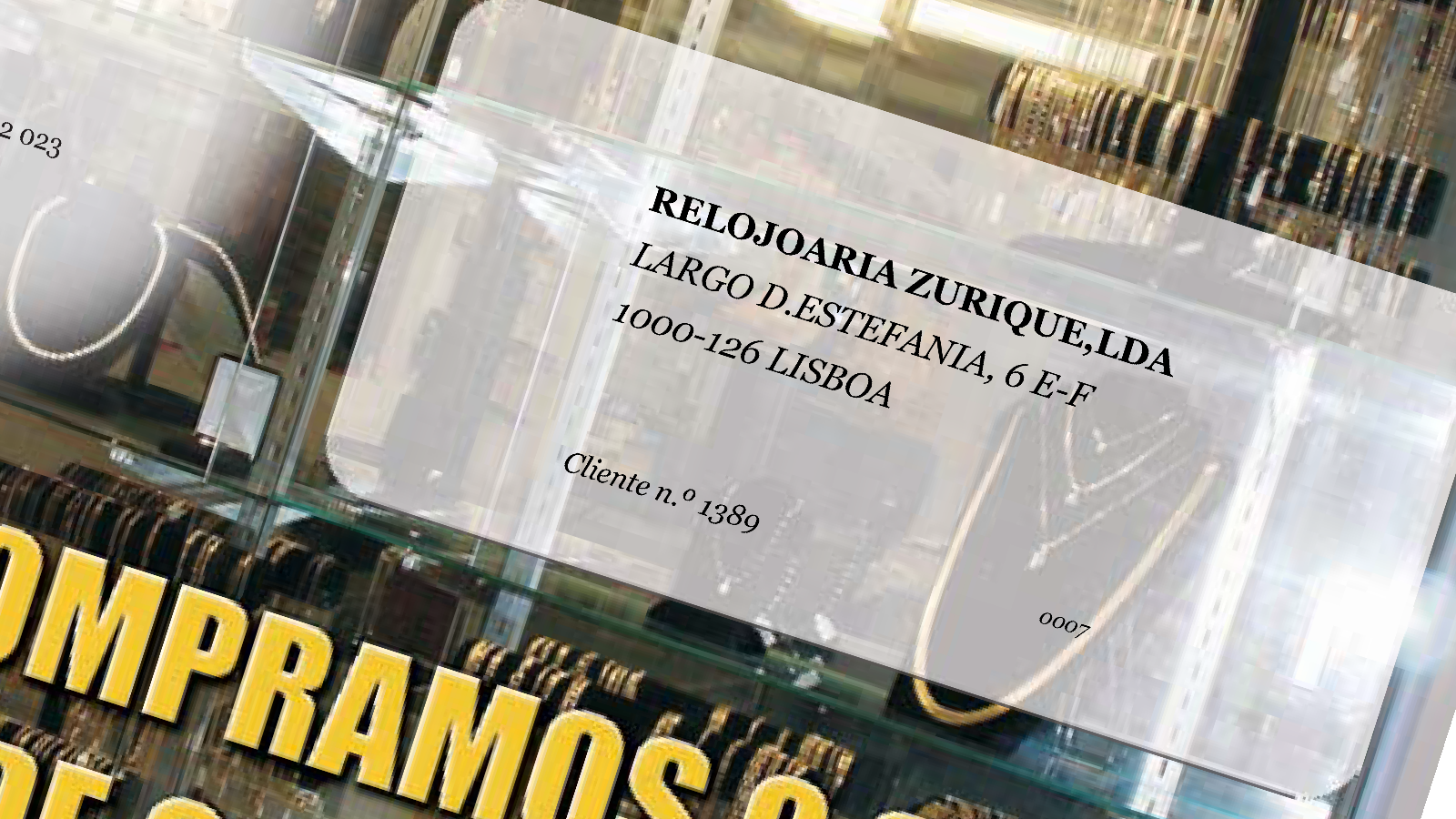
In variable data printing, the aim is that every printed copy is customized. The most common case is a publication for post distribution in which the name and address of the addressee is part of every copy.
But there are also other cases of customized prints: for instance, with the picture of the addressee, to greater impact, or complex numerations through computer algorithms, numbering through barcodes or QR Codes, ticket printing, even the simple sequential numbering.
Let's imagine, for example, that a client wants to mail a large quantity of color catalogs or magazines, let's say ten thousand. The client has the database with the ten thousand names and addresses.
The ten thousand copies will be, naturally, offset printed, because that's the most economical process for such a run and the one offering the best quality.
In its simplest form, to print a template in which each copy is slightly modified according to the records of a database is nothing extraordinary. Many home computers have this capability in the text processor, called mail merge.
A very different case is when these principles are applied to professional graphic arts, with their own exigence of quality and efficiency. There a specialized (very expensive) software is needed, along experienced staff.
In the old times, ten thousand stickers would be printed and manually placed in the ten thousand magazines. Awkward and uneconomical.
To customize such a quantity of envelopes is not a good option because, even if some of our printers are able to print in this medium, it's always a run full of feeding and jamming accidents. That's not good in a printing run in which every copy is unique.
One of the alternatives is to print a customized comer sheet on top of the magazine, with the address in a position where it can be seen through the transparent window of the envelope, or in plain sight in case of wrapping in transparent plastic skin. Enveloping or wrapping are done mechanically.
Another alternative is to offset print all the printing sheets except the one containing the customization, this one being digitally printed. This way is more expensive, due to the difference in the cost of digitally printing a large color run. The whole publication being printed in two very different machines may also present difficulties to color tuning. But if the addresses are stuck in such a way in the graphic work that they have to be printed together, for example, white colors in a color background, there is no other way. Only color digital printing can take care of this task.
But, usually, what is demanded is the names and addresses printed in black, while the rest of the publication is in color. This is the most favorable case, cost wise. The magazine or catalog is wholly offset color printed and upon the printed sheets (naturally, before collating and binding) the addresses are digitally printed in black. Often, the variable data include a barcode.
Black digital printing is dramatically more economical than color. Because of that, our clients usually prefer to print their variable data this way. This case is illustrated by the picture at the top of the page, a kind of work we have done a lot.
That's one of the many solutions we created to pass